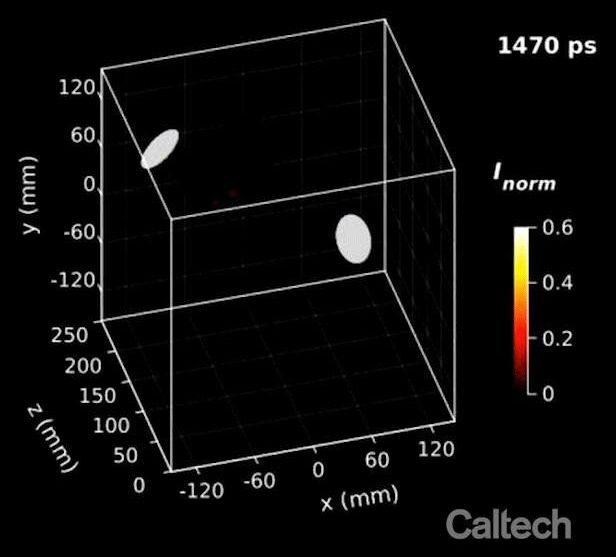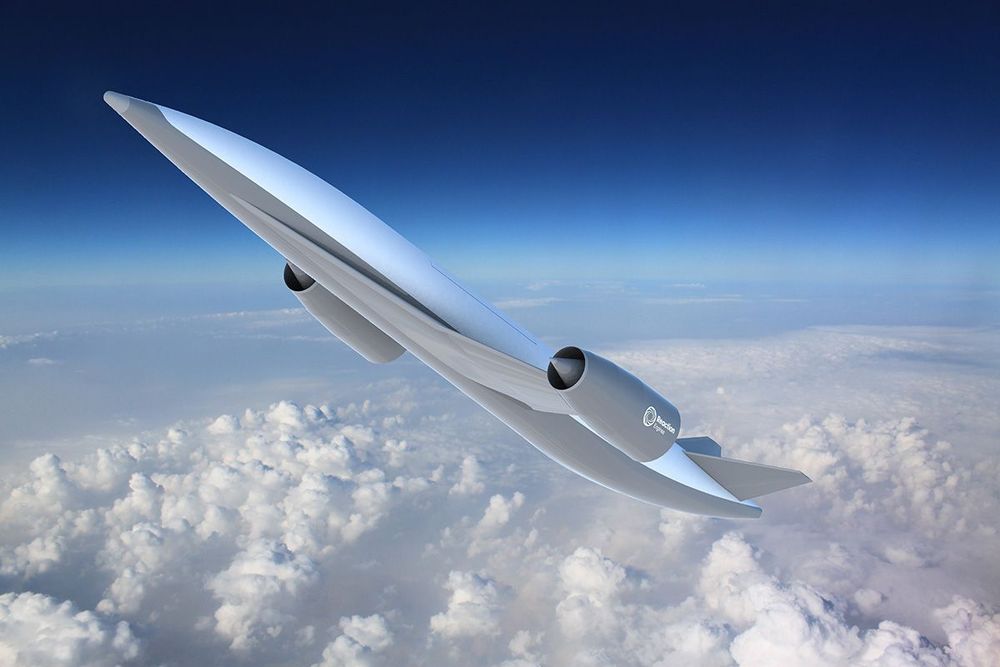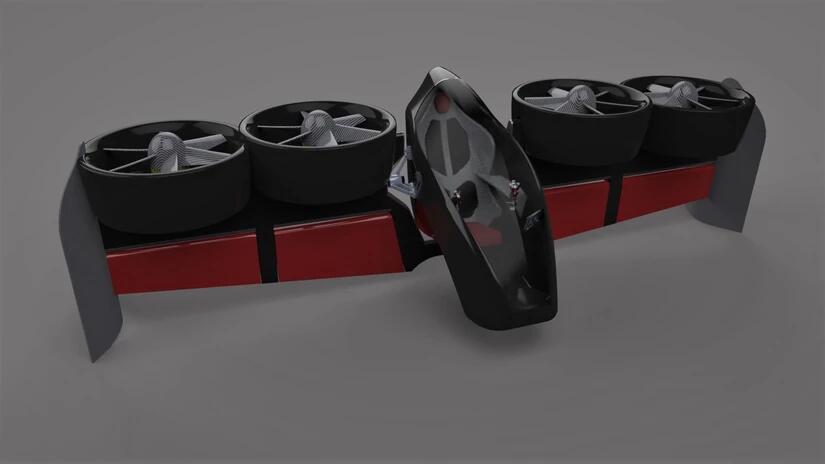Oct 16, 2020
Ultrafast camera films 3D movies at 100 billion frames per second
Posted by Saúl Morales Rodriguéz in categories: entertainment, mobile phones
In his quest to bring ever-faster cameras to the world, Caltech’s Lihong Wang has developed technology that can reach blistering speeds of 70 trillion frames per second, fast enough to see light travel. Just like the camera in your cell phone, though, it can only produce flat images.
Now, Wang’s lab has gone a step further to create a camera that not only records video at incredibly fast speeds but does so in three dimensions. Wang, Bren Professor of Medical Engineering and Electrical Engineering in the Andrew and Peggy Cherng Department of Medical Engineering, describes the device in a new paper in the journal Nature Communications.
The new camera, which uses the same underlying technology as Wang’s other compressed ultrafast photography (CUP) cameras, is capable of taking up to 100 billion frames per second. That is fast enough to take 10 billion pictures, more images than the entire human population of the world, in the time it takes you to blink your eye.

















